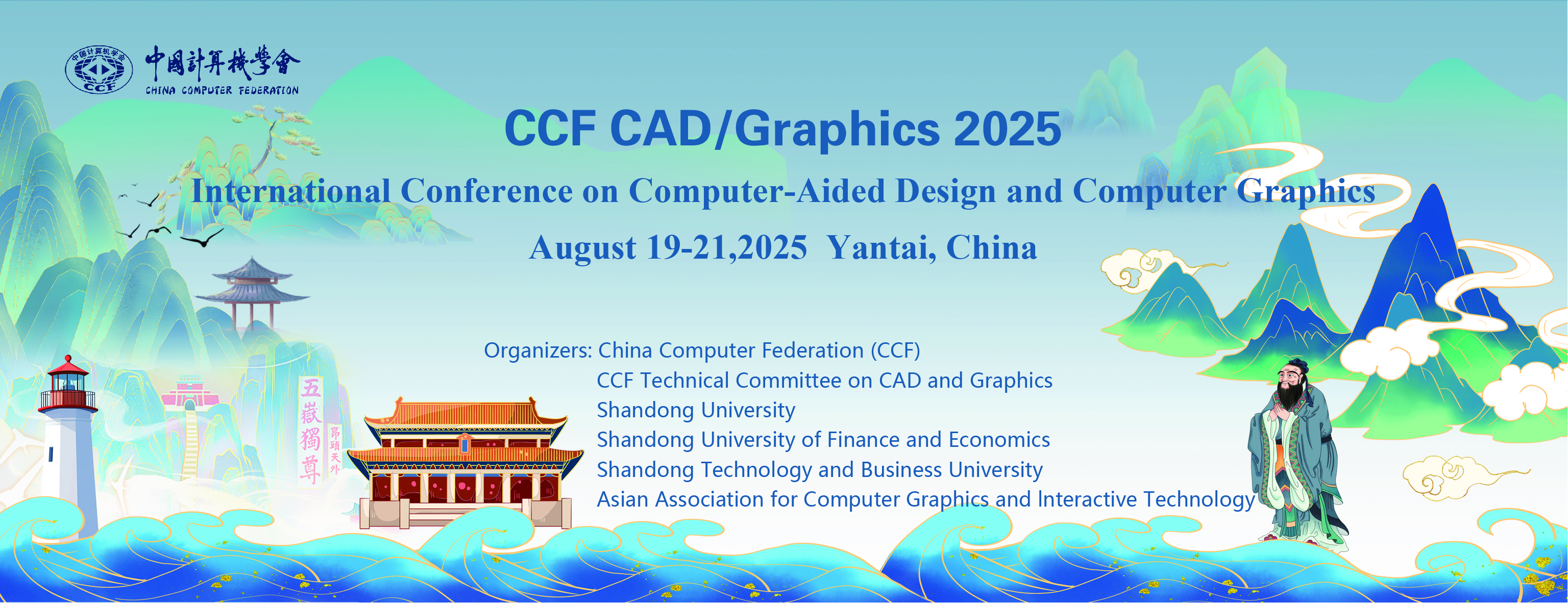Chairs

Joaquim Jorge
University of Lisbon

Wei Chen
Zhejiang University
Time & Venue
15:40-17:30, Wednesday, August 20
Liyun Ballroom 2, 1st Floor, Westin Hotel
Speakers

Joaquim JorgeUniversity of Lisbon
Abstract
As Computers & Graphics commemorates its fiftieth anniversary, this talk reflects on the journal’s development, changing editorial focus, and contributions to advancing interactive computer graphics. I will review pivotal shifts in scope, from its early emphasis on core rendering and modeling techniques to the inclusion of interdisciplinary research and user-centered design. This retrospective will also consider how the journal has responded to evolving scientific practices and community needs. I will conclude with forward-looking perspectives on editorial priorities for the next decade, including reproducibility, methodological rigor, inclusion, and emerging applications that connect art, design, science, and technology.
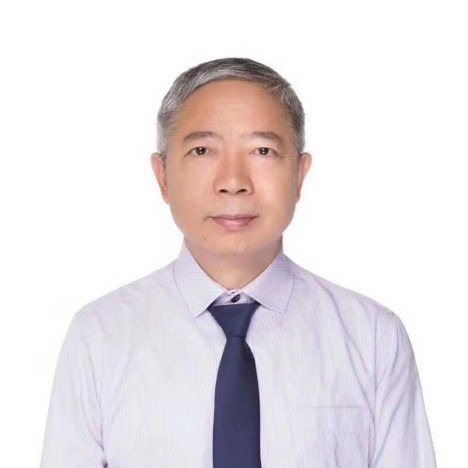
Zhigeng PanNanjing University of Information Science and Technology
Abstract
In this talk, I will give an overview of my research work in graphics field, especially a summary of my publications in the international journal of Computers & Graphics, which includes distributed graphics, Chinese font generation, virtual reality, mixed reality, digital heritage, human-computer interaction, etc.
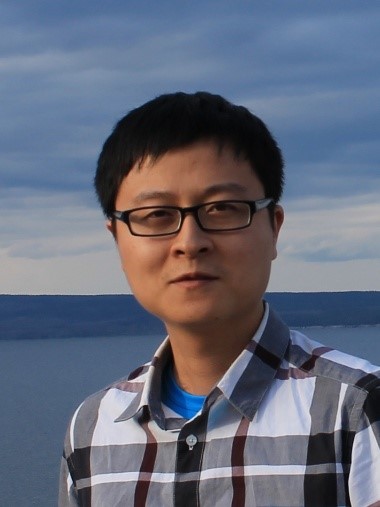
Kun XuTsinghua University
Abstract
Differentiable rendering approaches are usually hard to converge in inverse rendering optimizations, especially when initial and target object locations are not so close. Inspired by Lagrangian fluid simulation, we propose a series of differentiable rendering methods from the Lagrange perspective to address such issues for differentiable rasterization (SIGGRAPH Asia 2022), differentiable ray tracing (SIGGRAPH Asia 2023), and differentiable photon mapping (SIGGRAPH Asia 2024). These methods can effectively handle long-distance effects and complex illumination effects including reflections, refractions, caustics, shadows, and highlights, significantly improving the robustness and convergence of differentiable rendering.

Xiaoguang HanThe Chinese University of Hong Kong, Shenzhen
Abstract
3D data simulation aims to bridge the gap between simulated and real-captured 3D data, which is a fundamental problem for real-world 3D visual tasks. In this talk, I will introduce the progress of our recent exploration along this direction. To be specifica, we proposed a new solution path of data-driven 3D simulation, called Stable-Sim2Real, based on a novel two-stage depth diffusion model.
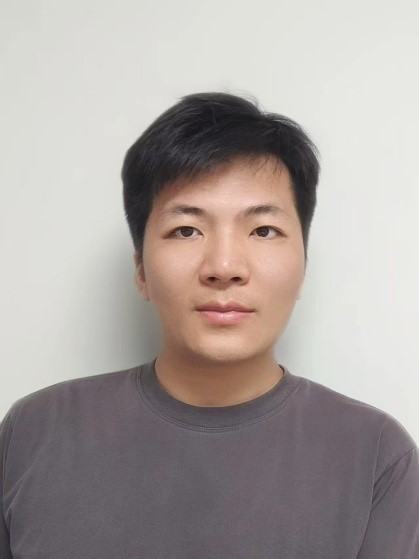
Pengshuai WangPeking University
Abstract
In recent years, 3D deep learning has gained significant attention in both academia and industry. However, the diversity of 3D data representations often necessitates the design of specialized neural network architectures tailored to specific shape formats and downstream tasks, which adds considerable complexity to learning systems. To address this challenge, my research focuses on developing a general and efficient framework for 3D deep learning. In this talk, I will present my recent progress toward this goal, including works on octree-based CNNs, GNNs, Transformers, and octree-based diffusion models and GPTs. We expect this unified framework to bridge the gap across different 3D representations and tasks, and to advance the development of general-purpose 3D intelligent models.
Panel Disucssion
Pannel topic: Future Directions for Computers & Graphics
Panelist:
Joaquim Jorge, Zhigeng Pan, Kun Xu, Jin Huang, Xiaoguang Han, Pengshuai Wang
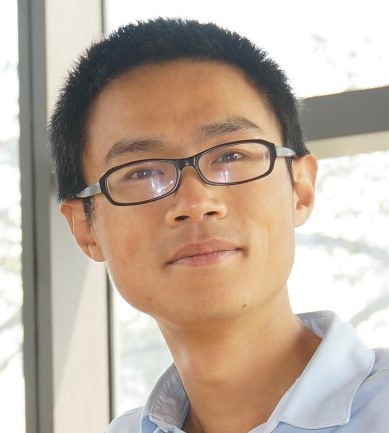
Jin HuangZhejiang University
Moderator: Fang-Lue Zhang, Victoria University of Wellington
Agenda:
| Time | Title | Speaker |
|---|---|---|
| Moderator: Fang-Lue Zhang | ||
| 15:40 - 15:45 | Opening | Wei Chen |
| 15:45 - 16:00 | Computers & Graphics at 50: Reflections and Perspectives | Joaquim Jorge |
| 16:00 - 16:15 | Graphics Goes in the World: My Research in CG fields | Zhigeng Pan |
| 16:15 - 16:30 | Differentiable rendering from the Lagrangian perspective | Kun Xu |
| 16:30 - 16:45 | Stable-Sim2Real: Exploring Simulation of Real-Captured 3D Data | Xiaoguang Han |
| 16:45 - 17:00 | Octree-based 3D Representation and Learning | Pengshuai Wang |
| 17:00 - 17:25 | Panel Discussion | |
| 17:25 - 17:30 | Closing | |
